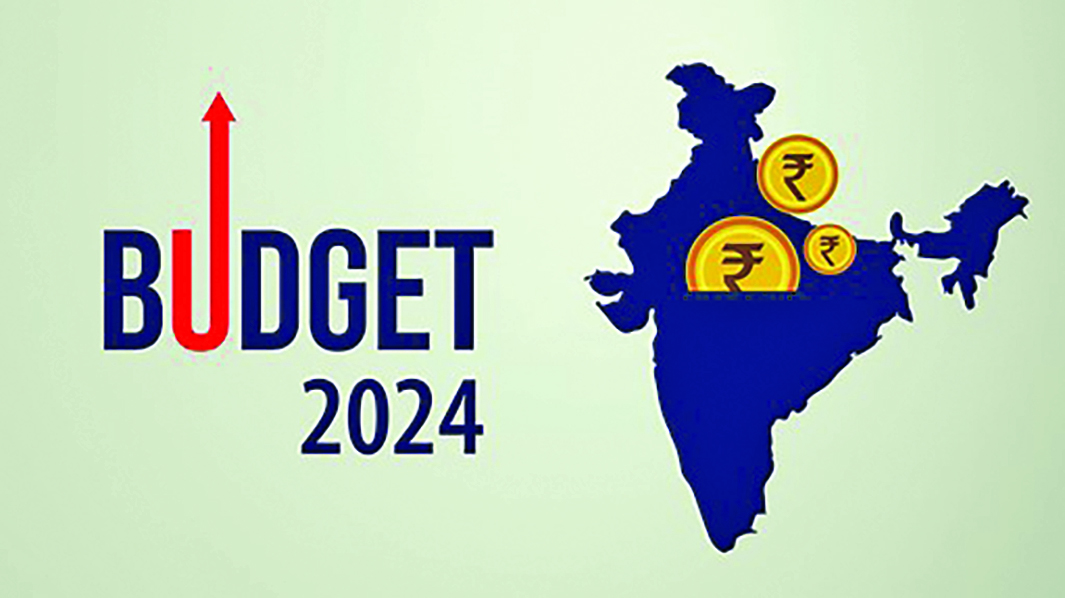Khushroo B. Panthaky, Chartered Accountant and a Senior Partner with 39 years of professional experience in an Accounting and Audit firm.
The Interim Union Budget 2024, presented by Finance Minister Nirmala Sitharaman, reflects the Government’s vision to transform India into a developed nation by 2047, guided by the principles of ‘reform, perform, and transform’. This interim budget lays down a blueprint for inclusive and prosperous India by giving utmost priority to empowerment and well-being of the poor, women, youth and farmers.
Despite expectations to announce populist measures prior to the 2024 General elections, the FM continued with the existing tax rates and tax provisions to maintain that the interim budget is a ‘Vote on account’ budget. It provides genuine and minor reliefs to smaller taxpayers, including individuals, with a proposal to withdraw outstanding direct tax demands up to Rs.10,000 for tax years 2010-11 to 2014-15 and up to Rs. 25,000 for prior tax years.
Recognizing the challenges faced by the fast-expanding middle-class segment and the impact of rapid urbanization, the budget proposes to offer a housing scheme catering to the middle-income class, currently residing in rented premises or slums, by enabling them to buy or build their own houses, to foster increased security and enhanced stability through the experience of homeownership.
To empower and promote wellbeing of women, the interim budget also proposes to introduce schemes for disbursement of loans to women entrepreneurs and encourage cervical cancer vaccination amongst girls aged 9 to 14 years.
Keeping the focus on infrastructure development intact, multiple policy reforms are announced, including promotion of urban transformation through Metro Rail and NaMo Bharat, expansion of existing airports and construction of state-of-the-art airports, under the UDAN scheme. The budget also lays importance on comprehensive development of tourism, including spiritual tourism, by encouraging states to undertake development of iconic tourist centres to attract business and promote opportunities for local entrepreneurship. Addressing the emerging fervour for domestic tourism, GoI proposes undertaking projects for port connectivity, tourism infrastructure and world class amenities on islands in India, including Lakshadweep.
The interim budget again focuses on its commitment to sustainable development, proposing to work towards energy security in terms of its availability, accessibility and affordability. A few of its proposed measures include adoption of e-buses for public transport, strengthening e-vehicle ecosystems by supporting manufacturing and charging. In keeping with the PM’s vision, the budget proposes to announce measures under the Rooftop Solarization Scheme, whereby one crore households shall receive free electricity upto 300 units monthly, thus creating opportunities for entrepreneurship, employment; and generating power for charging vehicles.
These proposals announced by the FM lay down a picture of the vision of our government towards a prosperous and developed India. However, individual taxpayers eagerly await the upcoming July 2024 Budget, which could have the potential to bring amendments under the individual taxpayer regime, resulting in more disposable income to address the escalating cost of living and inflation. These expectations include increase in the tax slabs for individuals, allowing deductions towards payment of life insurance premiums, PPF deposits, school fee payments, health insurance premium payments, NPS, etc.
An Interim Union Budget is rolled out in the year of General Elections. The intent of the Government to ensure ‘Less Government and High Governance’ appears to have been demonstrated as the announcements relating to direct and indirect taxes have been appropriately postponed to July 2024. This is a testimony to the ultimate intent of the Government to defer popular announcements, post elections. Within a couple of years, India should become a USD 5 Trillion economy and thereby find itself ahead of Japan as the world’s 3rd largest economy. With so many accomplishments to its credit, India is already on the growth trajectory to becoming a stronger and vibrant nation, to eventually compete with the USA and China – the two top economies of the world.
- તમે ઇન્જેક્શન આપેલા તરબૂચ તો નથી ખાઈ રહ્યા ને? - 27 April2024
- પિતાના હાથની છાપ.. - 27 April2024
- વિસ્પી ખરાડી ફિટ ઈન્ડિયા મૂવમેન્ટનાબ્રાન્ડ એમ્બેસેડર તરીકે નિયુક્ત - 27 April2024
